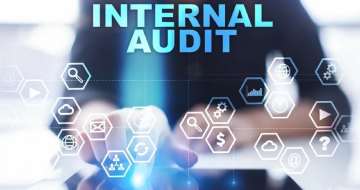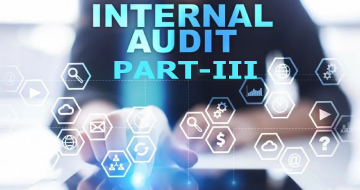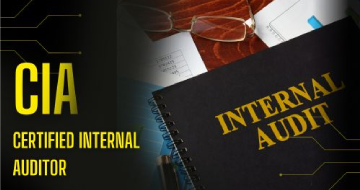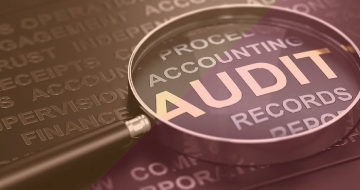IIRF Online > Finance & Accounting > Finance Cert & Exam Prep > Certified Internal Auditor (CIA) > Certified Internal Auditor (CIA) Part 1 - Full Study Course
Certified Internal Auditor (CIA) Part 1 - Full Study Course by Udemy
Full study course and instructor support for the Certified Internal Auditor (CIA) Part 1.
Course Highlights
- What you need to be proficient at for the Certified Internal Auditor (CIA) Part 1 exam.
- The essentials of internal auditing.
- Exam preparation strategy and tips and tricks for the exam.
- Understand the role that internal audit functions play in an organization.
- Know the key principles and standards of the internal auditing.
- Know how to apply key concepts such as independence and objectivity.
- Learn how to keep in good standing by knowing how to follow the code of ethics and how to show due professional care and proficiency.
- Know whether your reporting lines are appropriate and how to improve your department through quality assurance.
- Learn about the essential areas of governance, risk management and internal controls where auditors put much of their work effort.
- Learn how to react if you suspect fraud within your organization.
Skills you will learn!
Curriculum
7 Topics
CIA Certification Overview
Course Materials
Introduction to Your Teacher and How Certifications can Change Your Career
Exam Planning
Exam Preparation Work Experience and CPE
Exam Format and Strategy
Exam Preparation Tips & Tricks
10 Topics
Course Syllabus
Why Have Internal Audit
Definitions of Internal Audit Assurance and Consulting
Exercise on Assurance and Consulting
What Internal Audit Does - Controls
What Internal Audit Does - Risk Management
What Internal Audit Does - Governance
Core Principles
International Professional Practices Framework (IPPF)
The Standards
12 Topics
Organizational Independence - Definition
Organizational Independence - Reporting Structure
Organizational Independence - Measures for Independence
Organizational Independence - Interference
Organizational Independence - Functional Reporting
Organizational Independence - Administrative Reporting
Organizational Independence - Reflection on Reporting Structures
Internal Audit Charter
Code of Ethics - Integrity
Code of Ethics - Objectivity
Code of Ethics - Confidentiality
Code of Ethics - Competency
3 Topics
Due Professional Care and Proficiency
Due Professional Care - Coverage of Risks
Internal Audit Staffing
1 Topic
Quality Assurance and Improvement Program
10 Topics
Internal Control
Internal Control - Example
The Control Environment
Functions of Controls
Other Functions of Controls
Level of Controls
Exercise on Internal Control
Control Self-Assessment
Internal Control Frameworks
Internal Control Frameworks
21 Topics
Risk Management - Definition
Audit Risk Model
Risk Appetite and Acceptable Risk
Risk Assessment
Risk Evaluation
Graphing Risks
Risk Responses
The Enterprise Risk Management Model
Risk Management Maturity
Emerging Risks
Internal Audit's Role in Risk Management
Analyzing Risks
Risk Control and Acceptable Risk
Internal Audit's Role in Risk Management
Reliance on Risk Maturity Models
Psychological Biases for Assessing Risks
Roles in the Enterprise Risk Management Model
ISO 31000 Principles
Audit Approach Based on Risk Management Maturity
Three Lines of Defense Model
Risk Assurance Mapping
13 Topics
Characteristics of Fraud
Internal Audit Fraud Responsibilities
Fraud Red Flags
The Fraud Triangle
Exercise - Classify Fraud Red Flags
Fraud Risks
Interview vs. Interrogation
5 Principles to Manage Fraud Risk
Fraud Controls
Fraud Investigation
Guidelines for Assessing Fraud Risk
What is a Forensic Auditor
Analytical Tools for Fraud Tests
3 Topics
Levels of Culture
Internal Audit's Role in Ethics
Best Practices for an Ethical Climate
1 Topic
Topics Covered at the Proficiency Level

Certified Internal Auditor (CIA) Part 1 - Full Study Course






